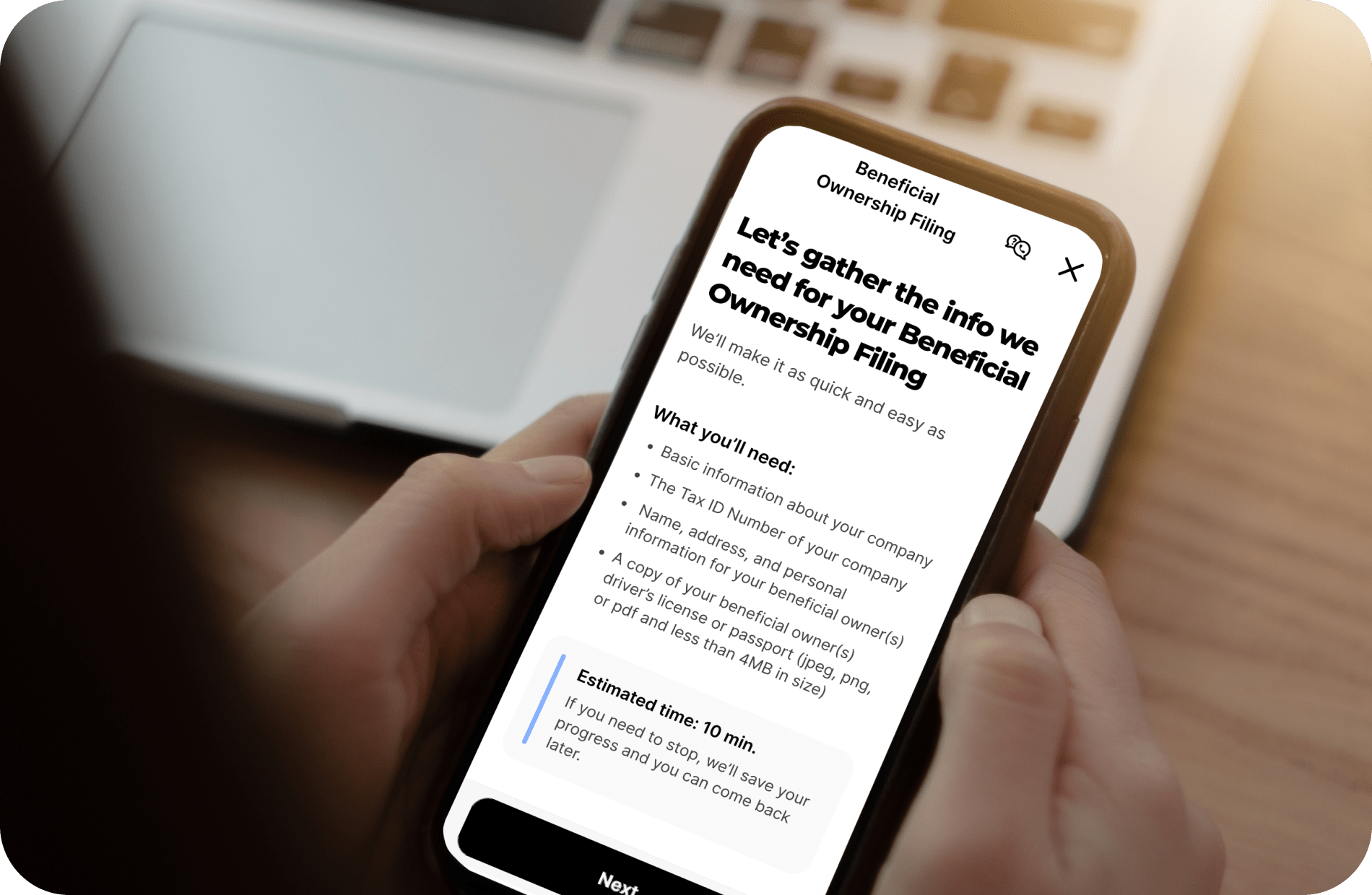The promotional image is no longer a static asset gathering dust in a folder. It’s now a living, adaptable part of a brand’s voice—and artificial intelligence is giving businesses the power to shape that voice without depending on expensive photo shoots or limited stock libraries. With the right tools and a bit of creative direction, AI-generated visuals are breaking through the noise, capturing attention in ways that feel custom-built, not copy-pasted.
Bring the Brand to Life with AI-Painted Precision
You can now generate custom, high-impact visuals for your marketing channels with just a few descriptive prompts and a clear sense of style. The importance of AI painting generator tools shows up in how effortlessly they adapt to your brand’s tone while producing studio-quality results for social media, print, and digital campaigns. They help you save hours of design time, cut down on creative costs, and boost visual consistency across platforms. Best of all, they level the playing field—giving even lean teams without designers a way to produce pro-level content that still feels tailored and fresh.
Treat AI Like a Creative Partner, Not a Shortcut
There’s a temptation to let AI do all the work. But you’ll get better results if you think of it like a co-creator. Businesses that spend time feeding the right concepts—tone, aesthetic references, moodboards—into these tools are more likely to get visuals that feel on-brand. Letting the algorithm run wild might be fun, but unless the output aligns with the emotional hook you're going for, it won’t land with your audience.
Go Beyond Literal Prompts to Tap Into Visual Emotion
Typing in “woman on laptop smiling” will produce something generic because the input is generic. Instead, prompts like “warm-toned cafe, early morning light, focus on a confident entrepreneur’s expression” start to edge toward a scene with feeling. AI image generators respond best when you nudge them toward narrative, not just objects. The emotional nuance in your request becomes the difference between a scroll-past visual and one that earns attention.
Test Variations and Let Your Audience Decide
Even the best designers can’t predict what visual will resonate most. AI allows for fast testing: spin up five or six image options with small variations in setting, color tone, or subject and run them in A/B tests. Whether you're promoting a service or a product drop, letting the data guide which creative version works best gives your content an edge. Think of AI not just as a design tool, but as part of your marketing analytics workflow.
Stay On-Brand With a Visual Language Library
AI is brilliant at improvisation, but that’s not always a good thing for a brand. What helps is creating a loose set of visual parameters—palette, subject matter, composition type—that you consistently use across all your generated images. This is essentially a brand style guide for AI prompts. Businesses that stick to a repeatable look and feel, even while experimenting with new image concepts, tend to develop a more recognizable presence online.
Integrate Text Elements With Visuals Seamlessly
Many AI tools now allow text integration, but the results can be clunky if you're not careful. A cleaner approach is to generate the image first and then lay in the copy manually using design software. This helps ensure readability, especially on mobile screens where cluttered visuals can kill engagement. When you keep the copy concise and the placement intentional, you create images that feel both designed and impactful.
Use AI for More Than Just the Hero Image
Promotional visuals aren't just splashy homepage banners—they're also the thumbnails, the icons, the product explainers, and the background textures. With AI, you can build an entire ecosystem of visuals that support your messaging without drawing too much attention to themselves. Think supporting illustrations in your how-to blog posts, or atmospheric shots for an About page that reinforce your tone. It’s not just about making one standout image; it’s about setting a visual mood that stays consistent from the first click to the final checkout.
AI is not magic, but it’s also not a gimmick. It’s a tool that businesses can use to express ideas faster, more flexibly, and with more visual intention than ever before. The brands that stand out are the ones that see beyond the novelty and start using AI image tools as part of a holistic creative strategy. Whether it’s through emotionally resonant prompts, data-backed testing, or the discipline of brand consistency, the advantage comes from how you guide the tool—not just that you’re using it. Creativity is still the driving force. AI just happens to be the vehicle that’s changing how far and fast it can go.
Discover the serene beauty and endless adventures of the northeast Georgia mountains by visiting the Lake Chatuge Chamber of Commerce to learn today!




